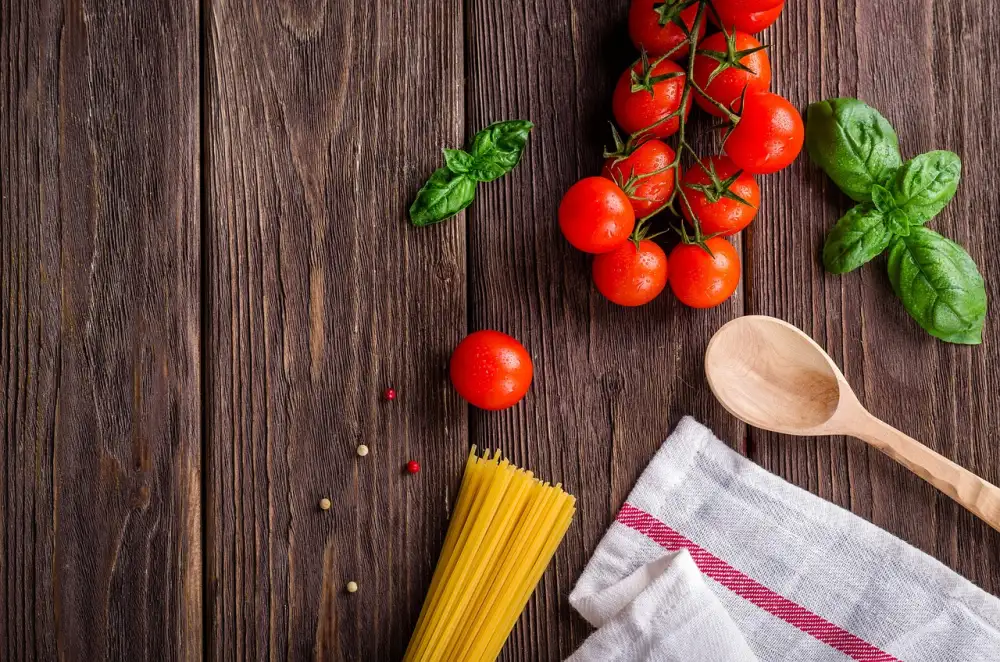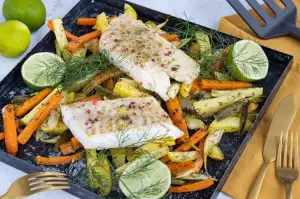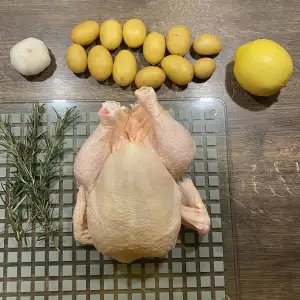Unveiling the Delightful Mystery of Crumpets: A Guide to Understanding this Classic British Treat

Crumpets, a beloved classic British treat, are a type of griddle cake known for their spongy texture and signature holes on the top surface. These delightful creations have been enjoyed for centuries, often served at breakfast or tea time. With their comforting warmth and buttery flavor, crumpets hold a special place in the hearts of many food enthusiasts. Join us on a journey to unravel the delicious mystery behind this iconic dish.
Definition and Origin of Crumpets
Crumpets are a beloved British treat that falls somewhere between a pancake and a muffin. They are round, soft, and spongy with characteristic holes on the surface. The origin of crumpets can be traced back to the early 17th century in Wales and England. Originally known as "crompid cakes," they were cooked on a griddle over an open fire. Over time, crumpets evolved into the delicious breakfast staple we know today, enjoyed by people across the United Kingdom and beyond.
Ingredients Used in Making Crumpets
In the delightful creation of crumpets, the ingredients play a crucial role in shaping their unique taste and texture. The key components used in making crumpets include plain flour, yeast, milk, water, sugar, salt, and baking soda. These simple yet essential ingredients come together to form a thick batter that is left to ferment before being cooked on a griddle. The combination of these basic elements results in the iconic porous structure and slightly tangy flavor that defines traditional crumpets.
Cooking Process and Texture of Crumpets
To achieve the signature texture of crumpets, a thick batter made from flour, yeast, milk, and water is left to ferment before being cooked on a griddle or in special crumpet rings. The batter is poured into the rings, creating a round shape with characteristic holes on the top as it cooks. These holes are essential for capturing melted butter or other toppings. The cooking process involves flipping the crumpets once bubbles form and burst on the surface, ensuring a soft and spongy interior with a slightly crispy bottom.
Serving Suggestions and Popular Toppings
When it comes to serving crumpets, the possibilities are endless. Traditionally, crumpets are served warm with a generous spread of butter that melts into their porous surface. For those with a sweet tooth, drizzling honey or maple syrup over them is a delightful treat. Some enjoy topping their crumpets with jam or marmalade for a fruity twist. For a more savory option, try topping them with melted cheese or smoked salmon. The versatility of crumpets allows for both classic and innovative toppings to suit any palate.
Cultural Significance and Variations of Crumpets
Crumpets hold a special place in British culture, often enjoyed as a traditional tea-time treat or breakfast staple. In the UK, crumpets are commonly served with butter or jam, but regional variations exist. For example, in the Midlands, crumpets are sometimes topped with cheese or even Marmite for a savory twist. Additionally, modern adaptations include gluten-free versions to cater to dietary preferences. The enduring popularity of crumpets showcases their adaptability to changing tastes while remaining a beloved classic in British cuisine.
In conclusion, crumpets have stood the test of time as a beloved British treat, offering a delightful combination of soft, spongy texture and a subtle hint of yeast flavor. Whether enjoyed at breakfast, tea time, or as a snack, crumpets hold a special place in British culinary tradition. Their versatility in terms of toppings and variations make them a versatile choice for any occasion. So next time you indulge in a warm, buttered crumpet, remember the rich history and cultural significance behind this classic delicacy.
Published: 17. 03. 2024
Category: Recipes



